
We tend to take these things for granted but, in truth, it is miraculous. One person can cure another of a deadly disease. Cancer patients and those suffering from many other serious illnesses can be completely cured by means of a bone marrow transplant.
And that is what all the excitement was about. At Ezer Mizion’s recent event entitled Enlisting for Life, the first 500 IDF soldiers to have donated their bone marrow to save the life of another Jew were honored with an Enlisting for Life Award medallion. Many friends and supporters of Ezer Mizion traveled from as far as from the US to be present at this soul stirring happening. Five hundred young soldiers, some still in their teens, had, by means of a simple procedure, enabled another- often a small child-to have a future. Ezer Mizion welcomed every guest to share in their pride because, in the words of Dr. Bracha Zisser, Director of Ezer Mizion’s International Jewish Bone Marrow Registry: We couldn’t have done it without you all.
Keren Mansherov, now a vibrant 17 year old, is a case in point. As a young teen, she was stricken with cancer for the second time. Doctors said she had only one chance- a bone marrow transplant. Otherwise… A DNA match had to be found. Soon. A cancer patient cannot wait. Every member of her family was tested. They waited. Anxious. Terrified. But it was not to be. One after the other, the tests came back negative. Ezer Mizion, the largest Jewish registry in the world, was contacted and the search was on. The computer hummed its hopeful tune. Its immense database of over 713,000 potential donors was combed. Success. Gal Chanuchiev, a 20-year-old soldier, was a match. Says Keren: “For a full year, I’ve been waiting to meet this noble man. If it were not for him, I would not be alive today.”
Mansherov was just 12 years old when cancer attacked her the first time. It started with bleeding wounds on her head, black-and-blue marks on her legs, stomach pains, throat aches, and swollen gums. Keren’s parents rushed with her to the family doctor, who noted also an enlargement of the spleen and referred them urgently to the emergency room.
“When we got to the hospital, they told us it would take several hours to get the blood test results,” Mansherov recalls. “But then, just a few minutes later, they took us to a side room. I was frightened. I understood that something not good was going on.” The bitter news was not long in coming: The doctors suspected leukemia of the aggressive AML type.
Mansherov was transferred to Schneider Children’s Hospital and began a long course of chemotherapy treatments. After months of hospitalizations, treatments, and painful tests, she received the good news that her body was free of the illness. But only three years later, the leukemia erupted once again, and this time, in far more severe form. Mansherov now had ALL-type leukemia, which is resistant to chemotherapy treatments.
The doctors, who realized that she was not moving towards recovery, determined that only a bone marrow transplant could save her life.
“I cried then and could think only of death,” she relates. “I was so afraid to die. It was a terrible trauma for a young girl who just wanted to live, to go to high school like all her friends, to have fun and enjoy life. Instead, I had to spend a significant part of my adolescence without hair, hooked up to an IV, going through grueling treatments and experiencing side effects. It was a terrible torturous journey that I just wanted to get out of already
During that period, the day of Gal Chanuchiev’s enlistment arrived. In the course of his chain of induction, he gave in a saliva sample for a potential bone marrow donation. “I didn’t think about it too much,” he says. “I gave a sample, joined Ezer Mizion’s registry and went on with the chain of induction.” Four months after he began his army service, Chanuchiev was informed that complete compatibility was found between his and Mansherev’s bone marrow.
“It was an exciting, high-charged day,” he relates. “I got home after the donation was over and I just fell apart. I thought about cancer. I thought about the person who would receive my donation and recover, and I was overcome by emotion. The tears just flowed. Afterwards, I went on with my life, with my army service, with my studies, and with my exercises at the fitness room.”
“During the course of this year, I inquired twice about the condition of the person who received my donation, whom I knew nothing about, and I was led to understand that she recovered.”
“I still don’t fully grasp that someone is alive today thanks to my bone marrow,” he says, “It is very moving. I didn’t do it to get a pat on the back. I am simply thrilled, and I would not hesitate to do it again. What is giving up one day in your life – to save a human life? The gap between the minor investment of effort and the tremendous contribution it effects is immeasurable.”
Professor Yitzchak Yaniv, the head of the Oncology Department at Schneider’s Children’s Hospital and Medical Director of Ezer Mizion’s International Bone Marrow Donor Registry at Ezer Mizion’s Donald Berman Rehab Center, elucidates:
A bone marrow transplant is a medical procedure that leads to the recovery of many patients suffering from blood disease, cancer, hereditary diseases, and immune system deficiencies. In recent years, the number of bone marrow donations has risen dramatically around the world, including in Israel.
Bone marrow is the tissue within the bones from which stem cells develop – the body’s primary cells which regenerate on a regular basis and give rise to differentiated cells, among them blood system components such as red blood cells, white blood cells and platelets. In the case of cancer, a transplant enables replacement of the patient’s bone marrow so as to renew his blood and immune systems.
The cells necessary for transplant to a sick person, the stem cells, can be harvested from a healthy by taking peripheral blood (which flows through the arteries and veins) by hooking up the patient intravenously to a device that separates out the necessary cells in a procedure that takes several hours and does not involve anesthesia or pain. This technique does not generate any sort of deficiency in the body of the donor since bone marrow renews itself so quickly all the time.
In order for the donor’s bone marrow to be appropriate for the recipient, the DNA type has to be compatible. The optimal donor is generally a close family relative, such as a brother, because he has a 25% chance of carrying the same exact genetic charge, to create full compatibility. If there is no matching brother, we look for a donor from the same ethnic background as the patient, since tissue types in different ethnic groups are preserved through the generations.
Ezer Mizion’s International Bone Marrow Registry is one of the largest registries in the world today, and is certainly the largest Jewish registry. In a collaborative project with the IDF, all new conscripts are offered the opportunity to join the Registry in the course of their induction. The response is growing all the time, and the result is an expansion of the Registry with a supply of ideal potential donors – young, healthy people with a variety of tissue types compatible with a wide range of populations. Today, the Registry has already provided 1,504 donations of bone marrow for transplant to patients, half of them in Israel and half around the world.








(YWN – Israel Desk, Jerusalem)

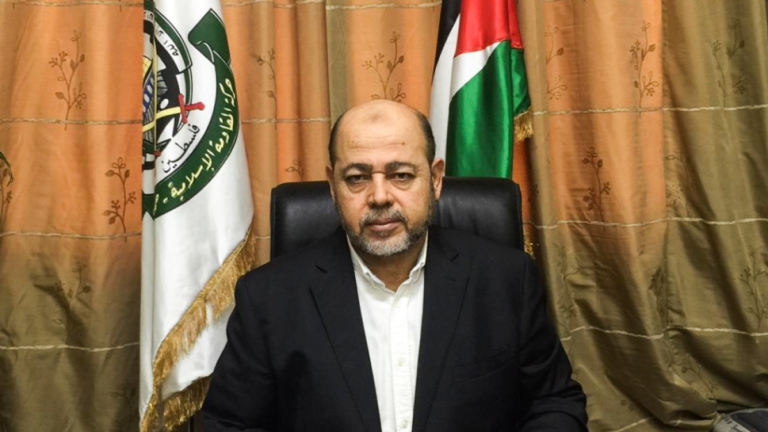
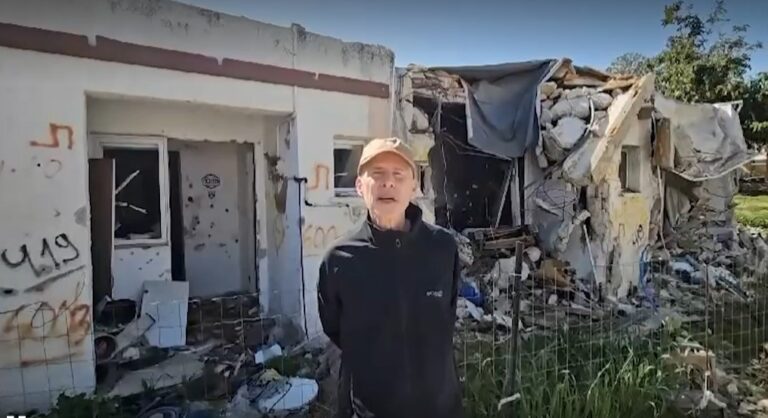
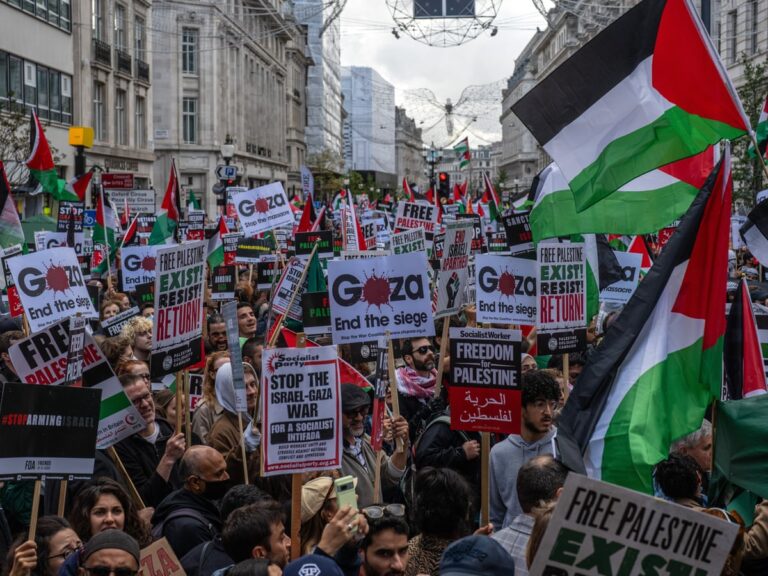

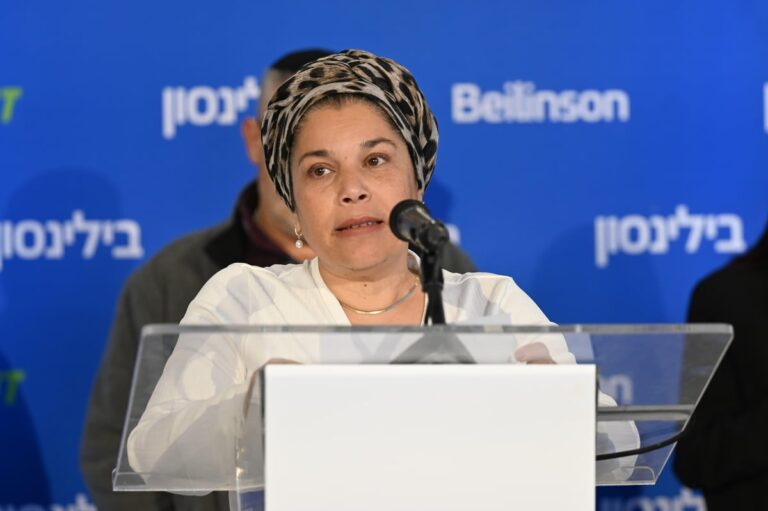
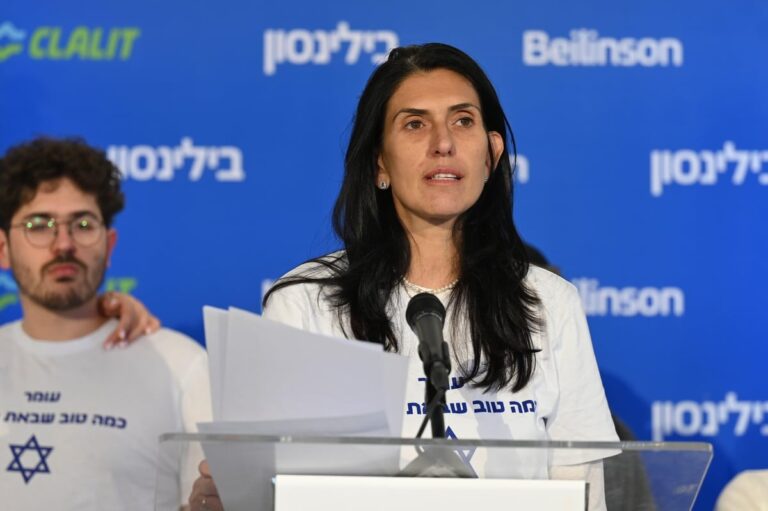
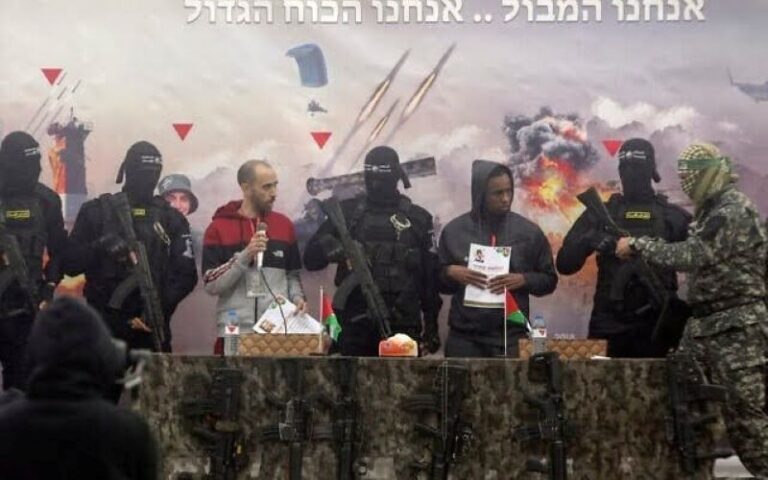
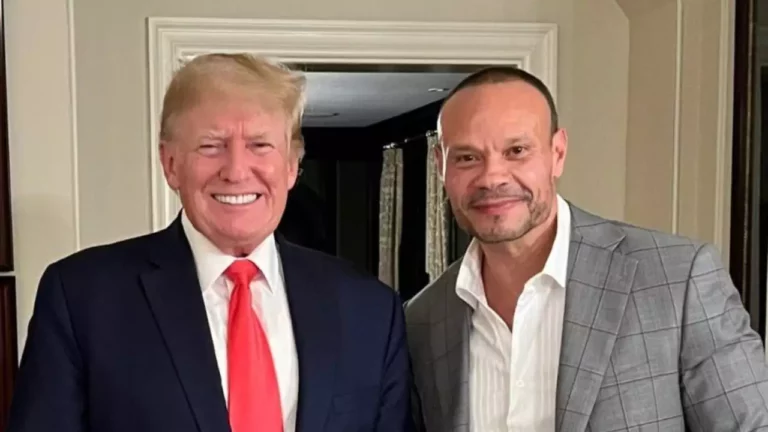
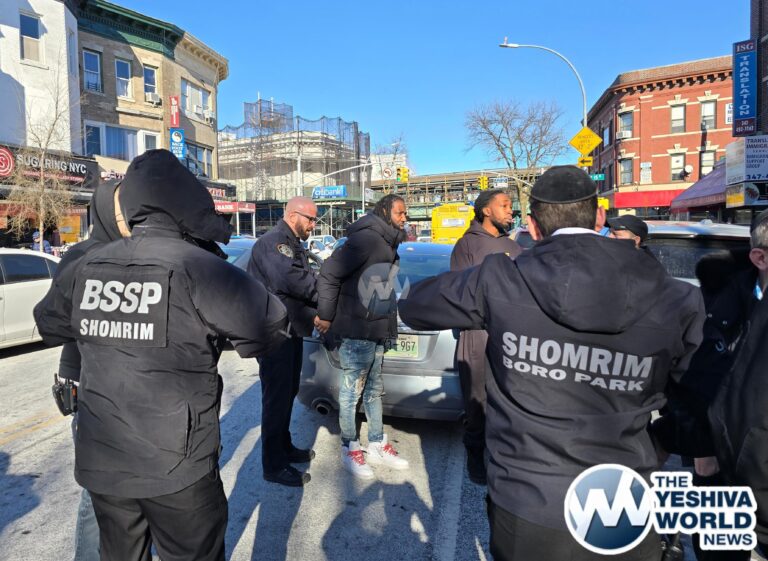

One Response
Amen…what a wonderful klal Yisroel